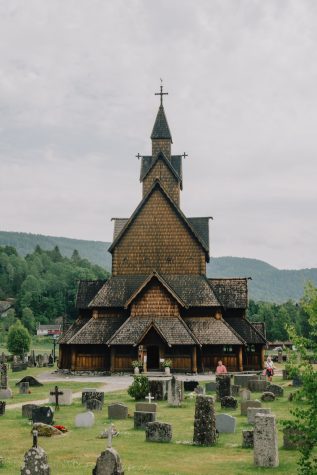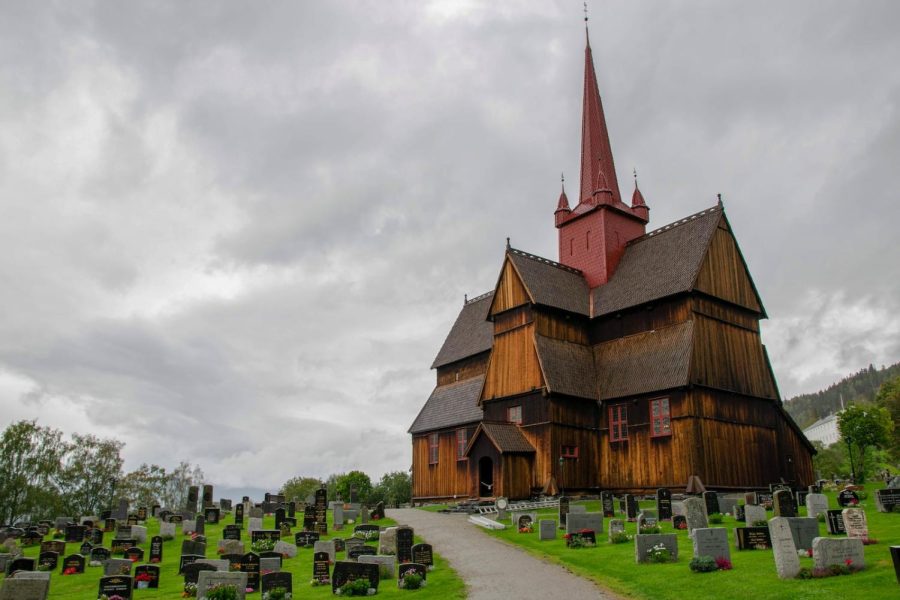Norway’s Interesting Wooden Churches
Part of the history and architecture of these fascinating churches.
Source: Anastasiya Dalenka
One of the largest religions in the world is Christianity, particularly in Europe. Norway is in Europe, and is not an exception. Christianity, like a lot of religions, is practiced in a church or cathedral. Therefore, the conclusion here is that there are a lot of churches, and by extension, cathedrals in Europe. The materials these cathedrals are made of vary based off of location. Most are made of brick and stone. France’s Notre Dame is cream colored, as that’s the most common color for limestone there. Cathedrals in Venice, Italy are white, as that is the color of the stone they used there. More up north, close to Denmark, has brick churches. Limestone was not as easily accessible, and so the more common clay was used instead. But what about a location even more up north, and remote? Up in the northern, rocky, wooded landscape of Norway, there are various wooden churches. But these are not new churches, these churches were built from around 1150 to 1350 CE. Now that is a long time ago. At the time of writing this, that is just under 900 years ago. For reference, Notre Dame is just younger than that, at 860 years old. But wait, how is that possible? Doesn’t wood start to rot after a while, let alone 900 years?

Well, yes, it does. However, these churches were made with a special recipe for a tar covering. This is part of what has helped the churches last for this long. Unfortunately, this recipe has since been forgotten, and in order to preserve the churches, scientists have been attempting to re-create it.
These churches, or churches of a similar style actually used to be all over Northwestern Europe. However, now, only 28 remain, mostly in Norway. There used to be thousands of these fascinating churches, but due to the Black Death most disappeared. It is suspected that there were likely more than 2,000 before reformation in 1537.
Part of what makes these churches so interesting are the carvings. While yes, Christian imagery can be found, so can Norse mythology imagery, like depictions of Ragnarok.
One of the more interesting aspects of these stave churches are the architecture. The churches were built with a special kind of wood, malmfuru, or ore-pine, a kind of fir no longer available. It was a very hard wood, with straight trunks, the closest approximation in North America would be the douglas fir. The name of these churches come from the use of staves, large pillars used to support the structure. Flat stones were used to elevate the foundation beams from the ground and moisture. Another interesting aspect is that the structures supporting the roof seems to have a similar build to the underside of viking boats.
RELATED STORIES:
- https://www.visitnorway.com/typically-norwegian/stave-churches/
- https://www.fjordnorway.com/en/inspiration/stave-churches—a-fascinating-cultural-heritage
- https://www.chapel-in-the-hills.org/architecture.html
- https://www.britannica.com/topic/stave-church
- https://whc.unesco.org/en/list/58/
- https://classroom.ricksteves.com/videos/norway-s-viking-history-stave-churches-and-remote-farmsteads
- https://www.stavechurch.com/?lang=en
- https://scandinavianheritage.org/tour-the-park/gol-stave-church-museum/
- https://norskfolkemuseum.no/en/stave-church
TAKE ACTION:















